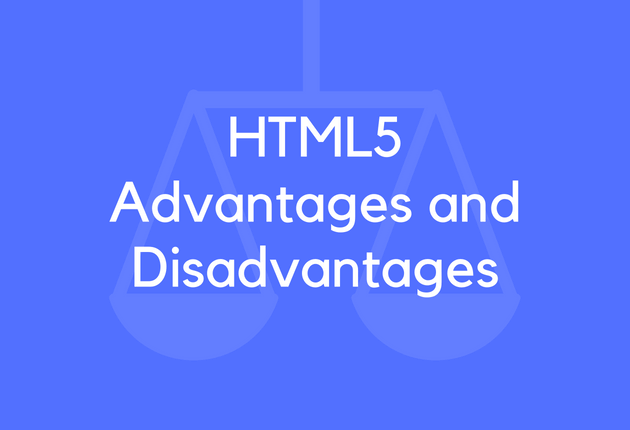Content Attributes
Hypertext Mark-up Language is a language that determines the style of graphics and text reflected on a webpage. Whenever a user visits a website, the web browser receives the information in an HTML code that reads it through a computer hosting the website where the file in a word document is stored.
It is a description of how a webpage would look after going online when a user will request his browser to access it. The code is written with the help of ‘Tags.’ To view a webpage written in an HTML format, one has to request the browser to load that page on the browser. The browser reads the tags that adjective the features of the page. It interprets the instructions and decides how the webpage would look and be presented in front of the user.
HTML is also used to enhance the appearance of the webpage by adding graphics, offering options to change the font of the text, adding a title and sub-title, inserting images as background, and colors to it. Only experts can provide the best HTML assignment help for students who find the language difficult to grasp.
HTML also provides tags to make the document look attractive using graphics, font size, and colors. Users can link to the other document or the different sections of the same document by creating Hypertext Links also known as Hyperlinks.
Special markup tags are used as follows:-
Head: <head>…<title>….<title>…..</head> title is encompassed under this element to reflect the information about the page.
Title: <title>………<title> A title of the webpage is written in place of blanks.
Body: <body>…….</body> The body of the text with headings and sub-headings is included within these.
Heading: <h1>…….</h1> The heading of the webpage is written within these where numeral 1 denotes the main heading and 2 denotes the sub-heading.
Paragraph: <p>………</p> This element is for starting a paragraph
The HTML code written in italics denotes the elements that reside within the cornered brackets. They are divided into two tags. One is the opening tag and the other with the slash is the closing tag. Whatever is written between these tags determines the nature and place of the information.
Extension: A word file is saved with .doc or .docx extension. Similarly, an HTLM file is filled with .htm or .html.
Attributes: They provide additional information about the text of the webpage. They are inserted after the opening tag in two parts i.e. attribute name and attribute value. An attribute name is written in lowercase and describes the extra input that is provided through it. The attribute value stands for the nature and magnitude of the previous one. For example, <p lang=”en-uk”>………</p>. Here, ‘lang’ is the attribute name telling the language used in English and the attribute value is ‘en-uk’ denotes the dialect used in UK English.
Attributes can be used within the body tag to define information like the background color. For example, <body bgcolour=”green”>……….. </body>. Other attributes that can be incorporated are:
- Text Color
- Margins
- Top Margin
- To put an image in the background
Two Kinds of Tags
All HTML tags are enclosed in angle brackets. They are not sensitive to the case. It means that one may write that in lowercase or uppercase. These are two types given as follows:-
- Container Tags: as the name suggests, these tags have an opening and a closing. They hold some information regarding the appearance of the webpage. For example, <HTML>, <BODY>, <TITLE>, <HEAD> are all container tags.
- Empty Tags: These tags do not have any end. Tags like <HR> used for drawing a horizontal line and <BR> used for line breaks are empty tags.
Advantages and Disadvantages of HTML

Advantages of HTML:-
- It is user-friendly and easy to use.
- It has flexible syntax.
- A simple code is easy to write even for a non-programmer.
- It permits the inclusion of templates in the codes for enhanced user experience.
- It is apt for beginners starting to learn to code.
- HTML is supported by a maximum number of websites.
- Users can use it for free as there is no need to buy software for that.
- It recognizes and supports XML Syntax which is widely accepted and used for data storage.
Disadvantages of HTML:-
- It has not evolved much over time and is incapable of producing an outstanding output.
- The structuring of HTML seems random at an advanced level making students take help from experts in the advanced level of coding.
- Rectifying errors once the webpage is online can be costly.
- Coding for choosing the background color of the page, creating lists, making tables, developing forms, and other small changes take time in HTML.
- It cannot support multimedia files and other contemporary graphics. It creates a basic version of the page that is supported for WebPages where the speed of the internet is slow.
- A plethora of commands are typed for creating a basic webpage in HTML.
- Another language like CSS is to be learned with it to keep the knowledge of deprecated tags updated.
- A webpage created with HTML is less secure as compared to other options.